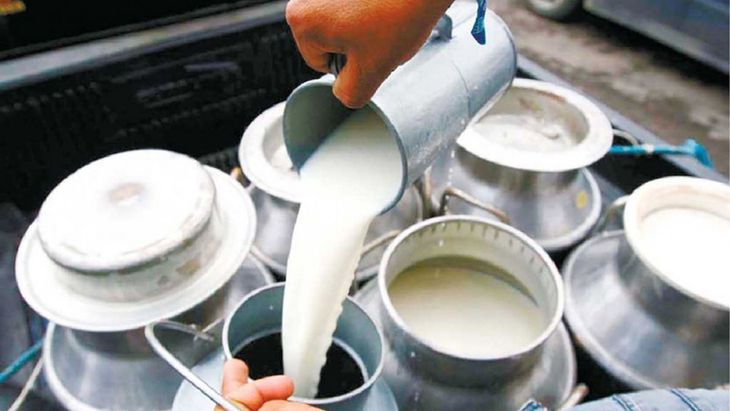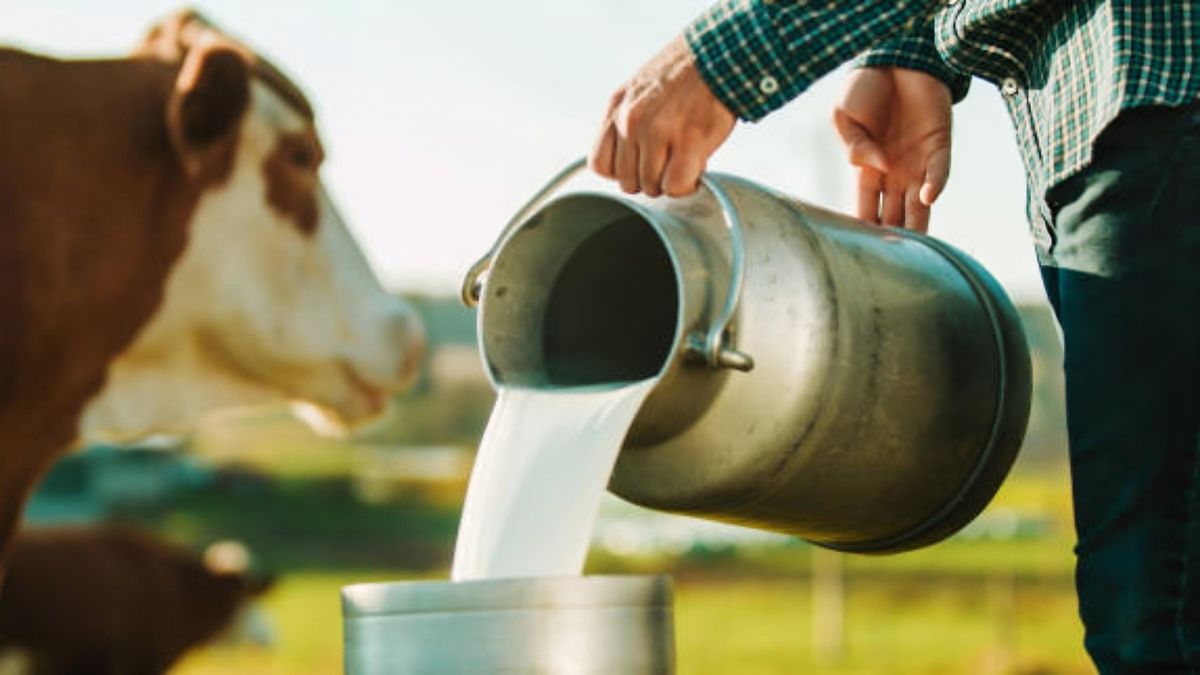Dairy consumption in Argentina began to show signs of recovery, but with nuances that reflect the economic tensions that the country is going through. In the dairy industry, the same thing happens as in the rest of the production chains: an improvement is beginning to be seen in economic indicators, but costs and tax pressure largely erode that recovery.
The Argentine Dairy Chain Observatory (OCLA) has just published a report in which it analyzes what happened until the month of October and warns that sales in the domestic market registered a slight monthly growth. However, products with greater added value, such as hard cheeses and dairy desserts, continue to decline, evidencing a change in consumer habits.
The dairy industry is a thermometer of the economic situation of Argentine families. In times of adjustment, purchasing decisions tend to prioritize essential products over those perceived as superfluous or premium. This phenomenon, known as primaryization of consumption, is being clearly observed in the sales trends of the sector.
milk-glasses.jpg
The slight improvement in domestic dairy sales is an encouraging sign, but insufficient to reverse the contraction trend observed in recent years.
freepik
Data from the OCLA report show that total sales in liters of milk equivalent grew by 4.5% compared to the previous month. Nevertheless, When comparing with October 2023, the drop reaches 9.4%, marking a scenario of partial recovery after strong contractions. So far this year, the accumulated January-October figure reflects a drop of 10.8% in liters of milk equivalent, which reflects an adverse economic context that limits consumption.
Alejandro Sammartinoconsultant and director of Infortambo assured Scope that “It is true that consumption fell violently as a consequence of the fall in purchasing power in the population’s income.”even more so in a context of great demand for milk from exports during the first months of the year. However, as the reduction in inflation increases the population’s income, a partial recovery in consumption is expected. To this we must add that production began to recover and there will be more supply of milk that will go to the domestic market because the export business no longer looks like it did at the beginning of the year due to the delay in the exchange rate.
Sammartino’s explanation is in line with what happened with basic products, such as fluid milk and soft cheeses, which managed to better resist the onslaught of reality, sustained by their central role in the daily diet. In contrast, hard cheeses, desserts and yogurts show the largest falls in the aforementioned report, showing that consumers are adjusting their budget towards cheaper options.
Prices, inflation and purchasing power
The relationship between dairy prices and family income is one of the key factors behind this dynamic. After a 2023 characterized by significant price increases, the sector experienced some stabilization during 2024. However, Retail values remain high in relative terms, keeping higher value-added products out of reach for many families.
The report highlights that, although there was a slight improvement in purchasing power in terms of liters of milk equivalent, this was not enough to completely reverse the decline in consumption. OCLA data confirms that Argentine families are opting for cheaper products or substitutes, such as dairy drinks and margarines, which offer more affordable prices but do not always match the nutritional value of traditional dairy products.
This context not only impacts domestic consumption, but also the profitability of dairy producers and industries. Profit margins are compressed, especially in segments that require greater investment in processing, such as hard cheeses.
milk tambo.jpg

Products with greater added value, such as hard cheeses and dairy desserts, continue to decline, evidencing a change in consumer habits.
Pablo Villano, head of APYMEL, He assured in dialogue with Scope that “there are two problems that the chain must solve, the first is related to consumption in the domestic market, which not only does not increase, but remains at the same levels or barely increases milk consumption. On the other hand, the numbers for exports are not complete – exporters say they are 500 dollars below the point of indifference – and international prices are one of the highest in historical terms.”
“But the biggest problem is the costs, that is why the costs of the industries and dairy farms are being reviewed, a study is being done on the tax issue throughout the chain and although there are still no definitive results, the tax issue is We must work with local, provincial and national governments. Added to this are other issues such as labor costs – not salaries – and energy costs, because there are rates that have multiplied by four. increased exponentially,” complete.
A slow recovery
The slight improvement in domestic dairy sales is an encouraging sign, but insufficient to reverse the contraction trend observed in recent years. Consumers, pressured by inflation and loss of purchasing power, continue to prioritize essential products over those with greater added value.
Over time, and depending on how purchasing power evolves, it is possible that premium products will once again gain space on the Argentinians’ table. For now, the path seems to be marked by moderate consumption and focusing on what is essential.
The challenge for the industry is to consolidate this incipient recovery, achieving a balance between prices, consumption and production that allows maintaining the sustainability of the sector. In a context of economic uncertainty, resilience and the ability to adapt will be decisive in guaranteeing Argentines’ access to quality dairy products.
And of course, promoting exports. For this, we will have to go a long way in reducing costs (with taxes at the forefront) to find solutions that increase the profitability of companies because today costs have increased much more than the 2% monthly devaluation. This reality is experienced by dozens of sectors in economic activity, where dairy farming is not exempt even though the sector no longer has withholdings.
Source: Ambito




